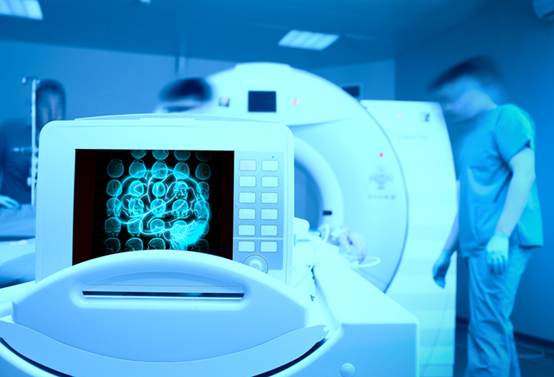by Alexis Ferrier / Feb 18, 2022 / Compliance, Consulting Group, Medical Devices, Regulatory, Standardization, Standards, Validation

Medical Device Manufacturers in the United States have to comply with intended use validation (IUV) requirements.Intended use is the primary criteria the FDA or other regulatory bodies may use to measure the systems’ validity. These requirements are specific for non-device or non-product tools – most commonly software. These tools are often used in non-device specification applications such as QMS software or software used in the design and development of the product. This software falls into two main categories: commercial and custom-made.
The validation testing requirements should be developed based on the function of the tool. The requirements should be derived from procedures, specifications, work instructions, or other quality management system documents. As previously mentioned, the IUV is the primary criteria the FDA will use to determine the validity of the tool, as such, the intended use of the tool should be well documented. This documentation of its use should be referred to often throughout the tools’ lifetime.
Commercial software tools require objective evidence and verification of the outputs. The medical device manufacturer may not have access to the vendor’s software validation documentation for commercial tools, which requires what the FDA calls “black box” testing. These test cases must challenge the intended use of the program to determine its functionality based on its applied use. This testing is based on the definition of what the tool is intended to do.
When building a software application to support product development, it is required to show evidence of validation and verification. As with the medical device development itself, each tool’s validation plan should be based on the risk of the tool to impact product quality. The manufacturer is responsible for ensuring the tool is suitable for its intended purpose. So, even if a manufacturer has access to the vendor’s validation documentation, they should still perform their own validation testing.
Once the requirements are defined, a test protocol or procedure should be developed to cover all the specified requirements. The level of rigor associated with each test case should be proportional to the identified risk level. As such, the validated tools’ configuration and version should be documented and monitored to help detect new risks that may be associated with a new revision, release, or other change to the tool. The documented test results, traceability requirements, and the validation summary report should all be maintained in the quality management system.
As medical device manufacturers know, device development is highly regulated. Validation of tools based on their intended use is an additional requirement that manufacturers must comply with. However, the experts at EMMA International are here to help. If your company needs help with a tool intended use validation, device/process validation, or other design and development, quality, or compliance issue, EMMA International can help. Contact us by phone at 248-987-4497 or by email at: info@emmainternational.com.
From EMMA international